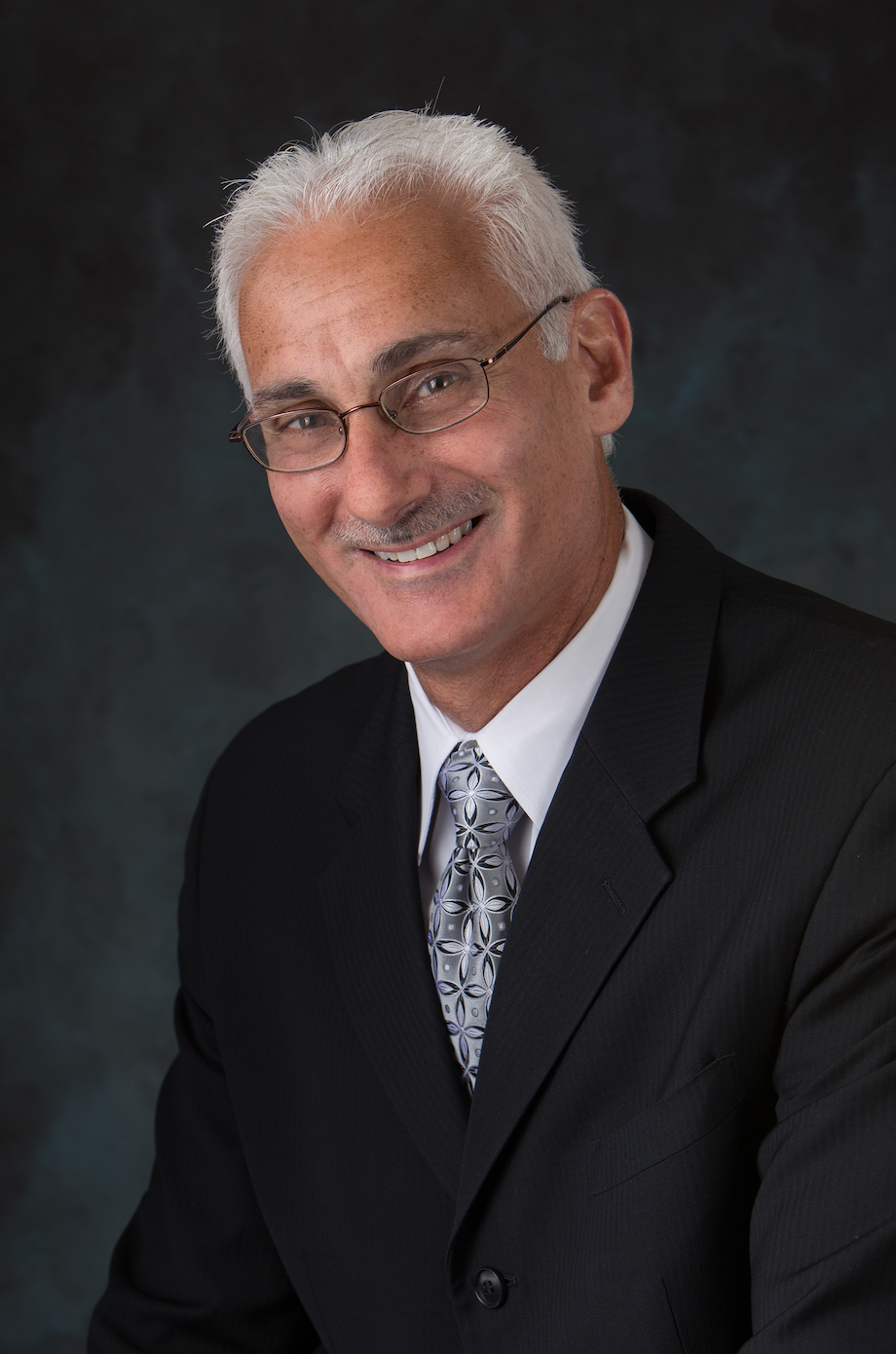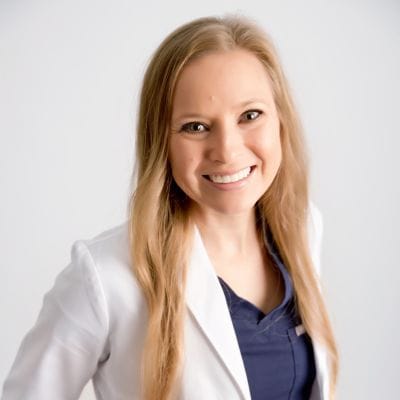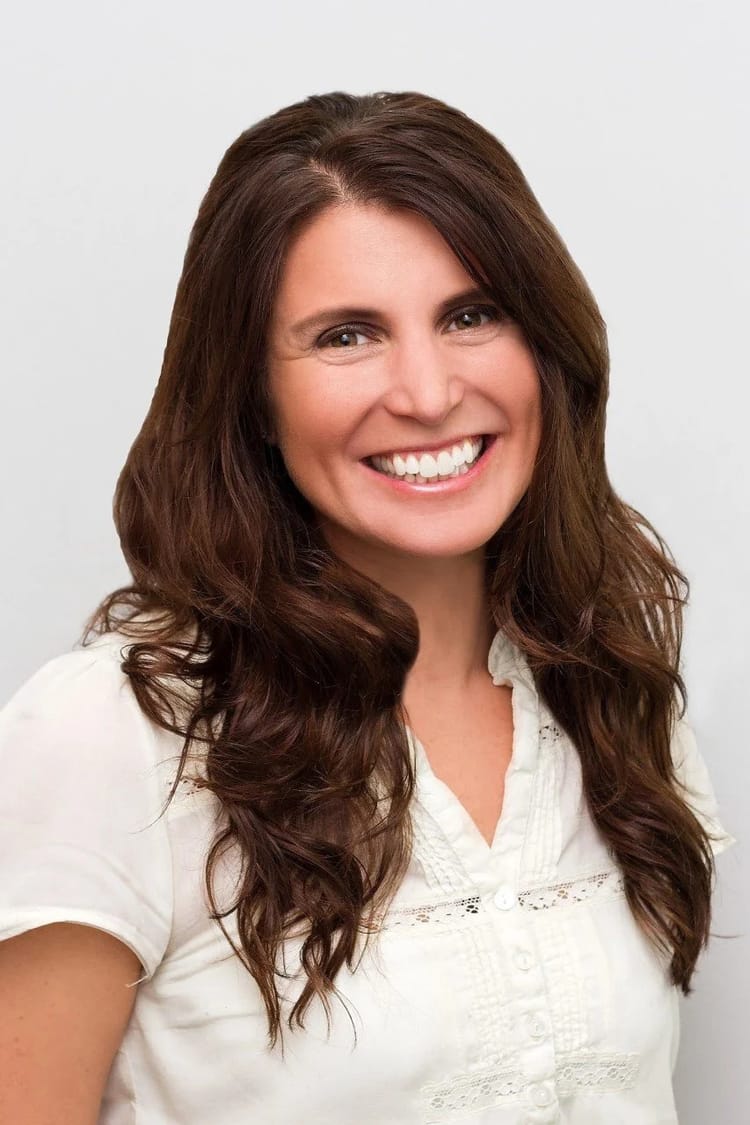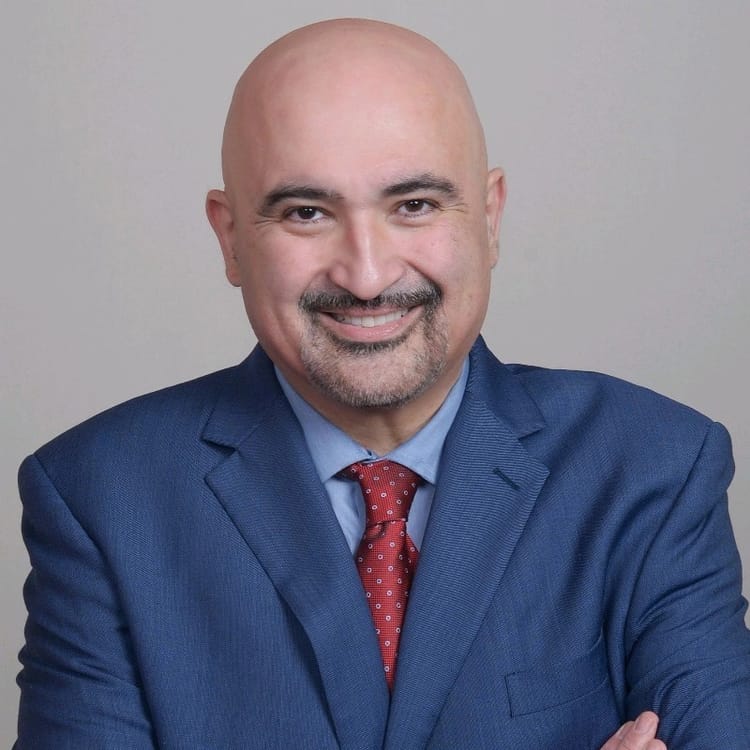Aerospace tech for teeth?

T-Scan technology is used in industrial sectors like aerospace, robotics and automobile manufacturing, but does it have a future in dentistry? The answer: yes. The tech uses digital sensors to measure force and pressure, which makes it a natural fit for measuring dental occlusion.
Robert Kerstein, DMD, is an expert in digital occlusal education and an advocate of T-Scan technology. He argues that it should replace traditional methods, like dental articulating paper. Dr. Kerstein sat down with Dental Bite to talk about adoption of the technology, how he trains fellow dentists to use it and how he hopes T-Scan will become the standard of care.
—Interview by Carrie Pallardy, edited by Bianca Prieto
What does the adoption of T-Scan technology look like in dentistry today? What are some factors hindering adoption?
Adoption is definitely growing because there are so many occlusal problems and complications with implant dentistry, despite the digital workflow. The digital workflow is a major advance in fabricating teeth and machining teeth, but it doesn't control the occlusion, despite planning software and the design software, because you need the patient to control the occlusion.
There's an ongoing academic belief that the paper mark method is adequate. It's actually terrible for the patients because it's completely subjective. And it's essentially dentists guessing at ink marks that don't measure anything about the bite.
With the T-Scan, the difference is that you actually use force and timing metrics to determine bad contacts and problem contacts. You only use the ink to look in the mouth and find those spots that the T-Scan isolates.
How do you approach in-office T-Scan training? Can you share how you work with dentists to help them gain confidence and proficiency with the technology?
It's really a great learning experience for the whole office. The dentist brings me to their practice and together with the staff, we treat patients. I guide them through how to record properly, how to read what they're recording and then how to make adjustments.
The doctor learns the skills needed to take that information forward to his own patients from that point on. And then they just have to develop their skills to be good at it. T-scan doesn't work because someone buys it or you put the sensor in the mouth. It's a skill set that has to be developed, which is really threefold: recording well, which is highly defined so a dentist can learn how to use the technology to record the right things; how to read what's recorded so you can apply it to the patient's occlusion; and then applying it to the patient's occlusion using computer-guided targeting.
How do you envision T-Scan technology’s place in the future of dentistry?
Without a doubt, it has to become the standard of care. It has proven itself. Other bite technologies like scanners can't control the bite forces. Carbon paper can't control the bite forces. The digital workflow can't control the bite forces. There's no technology that's proven valid like the T-Scan.
It has 41 years of research behind it, hundreds of papers about treating all kinds of dental conditions. It's a matter of adoption. The dental public needs measurement of the bite. It doesn't need dentists to be guessing at the bite, especially when there's high technology that's available that's used all over the world to machine surfaces that mate, and mill, and mesh, and bang into each other. That's exactly what the T-Scan does for the occlusion. It is high precision machining, and the outcomes are far more lasting, far more comfortable.
This conversation has been edited for brevity and clarity.
Thanks for reading today's edition! You can reach the newsletter team at newsletter@dentalbite.co. We enjoy hearing from you.
Interested in advertising? Email us at newslettersales@mvfglobal.com
Dental Bite is curated and written by Carrie Pallardy and edited by Lesley McKenzie.



